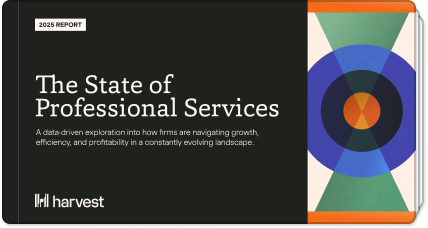
Project planning is the cornerstone of successful project management, providing structure and clarity to any initiative. A well-designed project plan serves as a roadmap, ensuring teams stay aligned and focused on their objectives. But what is the main purpose of a project plan, and how do you create one that’s simple yet effective? This article explores the core purpose of project plans, outlines steps for writing a straightforward plan, and identifies the most important elements that make a project plan truly impactful. Whether you’re tackling a large-scale project or a smaller task, mastering project planning is key to achieving your goals.
What is the main purpose of a project plan?
The main purpose of project plans is to provide a clear roadmap that guides a project from start to finish. A project plan defines the scope, objectives, tasks, timelines, and resources needed to achieve success. By documenting these elements, the plan ensures that everyone involved is aligned and understands their roles, reducing confusion and increasing efficiency.
A well-structured project plan also helps teams anticipate and address potential challenges. For instance, it includes risk assessments and contingency strategies, enabling teams to adapt to unexpected changes without losing momentum. Moreover, a project plan facilitates better communication by serving as a central reference point for all stakeholders.
Using simple project plan examples can help teams visualize how to organize and execute their own initiatives. For example, a marketing team might create a simple project plan outlining tasks such as content creation, design, and campaign launch, with clear deadlines and assigned responsibilities. Visual aids like Gantt charts or Kanban boards can further simplify tracking progress.
For those new to project planning, leveraging a project plan template can save time and ensure no critical details are overlooked. Templates typically include sections for goals, milestones, tasks, deadlines, and budgets, offering a practical starting point that can be customized for any project.
Ultimately, the main purpose of project plans is to provide structure and clarity, empowering teams to work efficiently, meet deadlines, and deliver successful outcomes.
How do you write a simple project plan?
Writing a simple project plan involves breaking the process into manageable project planning steps that provide clarity and direction. Whether your project is small or large, a streamlined plan ensures everyone understands their role and the path to success. Here’s how to create one:
- Define the Project Objectives and Scope
Start by identifying what you want to achieve and the boundaries of the project. For example, in a sample project plan for a website launch, the objective might be to design and publish a fully functional site by a specific date, while the scope could include creating pages, integrating features, and testing functionality. - Break Down the Work into Tasks
Divide the project into smaller, actionable tasks. For example, if the project involves event planning, tasks might include booking a venue, arranging catering, and sending invitations. - Set Timelines and Milestones
Assign deadlines to each task and establish key milestones to track progress. Tools like simple Gantt charts can help you visualize the schedule and dependencies between tasks. - Allocate Resources
Assign team members to specific tasks based on their skills and availability. Include any required tools, materials, or external support. - Create a Communication Plan
Outline how and when updates will be shared. Regular check-ins ensure accountability and alignment.
Using a sample project plan or template can simplify this process, providing a framework to organize your thoughts and ensure nothing is overlooked. With clear objectives, defined tasks, and realistic timelines, you can create a simple project plan that keeps your team on track and your goals achievable.
What is the most important part of a project plan?
The most important part of a project plan is its clarity and alignment with objectives, as this serves as the foundation for all other elements. A well-defined plan ensures that the project’s goals, scope, and deliverables are clear to all stakeholders, providing a unified direction for the team. This clarity is achieved through a thoughtful project planning process that carefully outlines each step and phase of the project.
At the heart of project planning and management is defining the scope and objectives. Without these, it becomes challenging to assign tasks, allocate resources, or measure success. A clear scope prevents scope creep, which can derail timelines and budgets, while specific objectives help teams focus their efforts on what truly matters.
Equally important is identifying the critical path—the sequence of tasks that must be completed on time to meet the project deadline. This ensures efficient resource use and minimizes bottlenecks. Risk management, another key component, allows teams to anticipate challenges and create contingency plans, ensuring the project remains on track.
While every part of a project plan plays a vital role, the clarity of objectives and alignment across the team are paramount. These elements serve as the backbone of the project planning and management process, ensuring that all decisions and actions contribute to the overall goal. Without a strong foundation, even the most well-resourced projects risk falling short of expectations.
A well-crafted project plan is essential for turning ideas into actionable outcomes, ensuring your team stays aligned, focused, and productive. By clearly defining objectives, organizing tasks, and anticipating challenges, you create a strong foundation for project success. Whether you’re just starting out or looking to refine your project planning process, having the right tools can make all the difference. Harvest simplifies project planning and management with intuitive time tracking, powerful reporting, and seamless integrations to keep your projects on track. Start your free 30-day trial today and experience how Harvest can help you plan smarter and achieve more. Sign up now.














